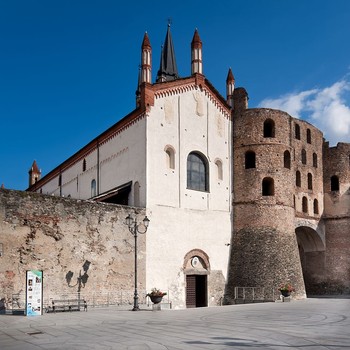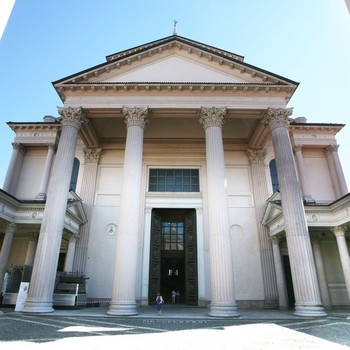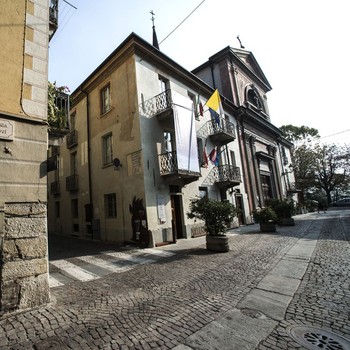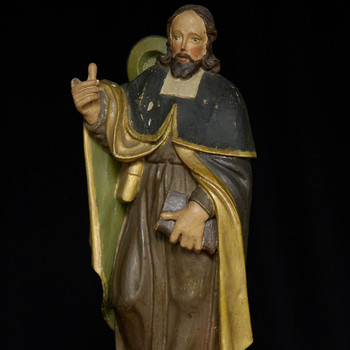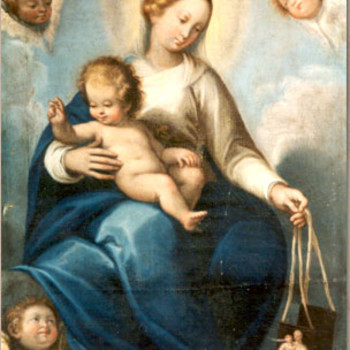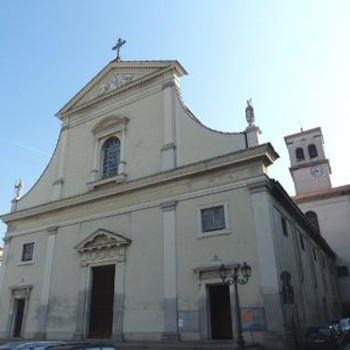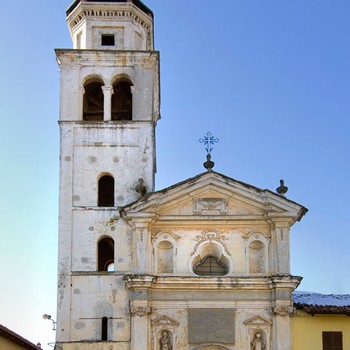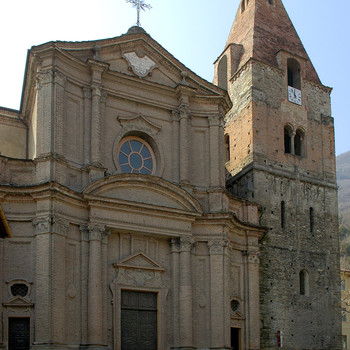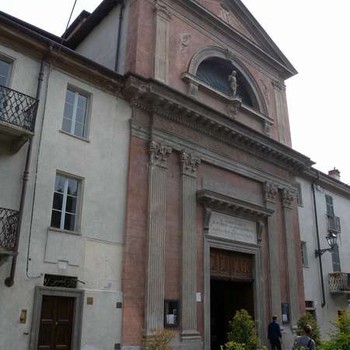Cathedral of San Donato
Diocesi di Mondovì ( sec. XVIII )
Commenced in 1743 on the earlier Gothic church of San Francesco, the cathedral is the last work of the architect Gallo. The Suffrage Chapel is a gem of Piedmontese Rococo architecture.
Cathedral of San Giovenale
Diocesi di Cuneo-Fossano ( sec. XVIII )
Fossano Cathedral, dedicated to Saint Juvenal, patron of the city, was built in 1771 by the architect Mario Ludovico Quarini, while the bell tower dates back to the previous construction.
Cathedral of San Giusto
Diocesi di Susa ( sec. XI )
Cathedral of San Giusto, Diocese of Susa. Founded in 1027, it was a monastery until 1749, when it became a collegiate church, and then a cathedral in 1772. The building is in Romanesque style, with a Latin cross plan.
Cathedral of San Pietro
Diocesi di Alessandria ( sec. XIII; XIX )
The cathedral of San Pietro, in the diocese of Alessandria, is a 19th-century building that replaced an earlier Romanesque church, dating from the 13th century and demolished by order of Napoleon Bonaparte.
Cathedral of Santa Maria Assunta
Diocesi di Novara ( sec. IV; XX )
Novara Cathedral is a complex building, whose 19th-century structure designed by Alessandro Antonelli features details from the Early Christian and Romanesque periods, while the interior houses a wealth of artworks.
Cuneo San Sebastiano Diocesan Museum
Diocesi di Cuneo-Fossano
The museum is located in the picturesque old town of Contrada Mondovì. The museum itinerary is arranged on five levels and starts from the ancient church dedicated to Saint James, then moves on to the room dedicated to Saint Sebastian.
Diocesan Museum System
Diocesi di Susa
Diocesan Museum System. Constituted by the network of ecclesiastic museums coordinated by the Diocesan Museum of Sacred Art of Susa, which collect together and display the religious artistic heritage of the Susa Valley.
Upper Maira Valley Museum of Sacred Art
Diocesi di Saluzzo ( sec. XVIII )
The Upper Maira Valley Museum of Sacred Art is housed in the Santissima confraternity and dates back to 1998. It is home to Acceglio’s important Cappuccini picture gallery, with a selection of local works that risked being lost.
Chiesa di Santa Maria Maggiore
Diocesi di Alessandria ( sec. XVII; XIX )
La Chiesa di Santa Maria Maggiore di Valenza risale al primo Seicento, sorta su di una precedente struttura romanica. La facciata attuale, sobria e neoclassica, appartiene ai restauri eseguiti nel 1890.
Chiesa di Sant'Iffredo
Diocesi di Alba ( sec. XIII; XIV )
L'edifico mostra prevalentemente i segni degli interventi attuati nel terzo decennio del XVIII secolo.
Chiesa di San Giovanni Vincenzo
Diocesi di Susa ( sec. XVIII )
La primitiva chiesa viene costruita dall'arcivescovo di Ravenna, Giovanni Vincenzo, uno dei fondatori della Sacra di San Michele, nell'XI secolo. Tra il 1759 e il 1763, Bernardo Vittone, architetto dei Savoia, è incaricato di ricostruirla.
Chiesa di San Sebastiano
Diocesi di Cuneo-Fossano ( sec. XVI; XVII )
La chiesa di San Sebastiano si trova nel luogo ove sorgeva l’antica chiesetta di San Giacomo, la cui Confraternita era andata estinta alla fine del XV secolo, con il confluire del culto del santo della nuova Compagnia.
1700s
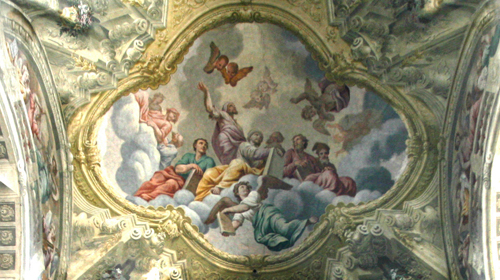
The golden age of Piedmontese art began with Filippo Juvarra’s move from Rome to Turin.
Superga and the Carmine church in Turin were novelties that shook provincial Piedmont, accustomed to using skilled but traditionalist Lugano artisans. Now everything was drafted and on a grand scale, even for smaller works like the “Pensieri”, drawings by the “great Juvarra” (Piranesi). A school was born.
Benedetto Alfieri continued the classical trends of the Sicilian architect’s work and Bernardo Antonio Vittone founded the Guarini trend, both of which were a huge success in central Europe.
In the province of Cuneo, the solid Francesco Gallo designed many buildings, trying to combine the best aspects of this memorable period, in a new, larger state whose boundaries were finally secure.





